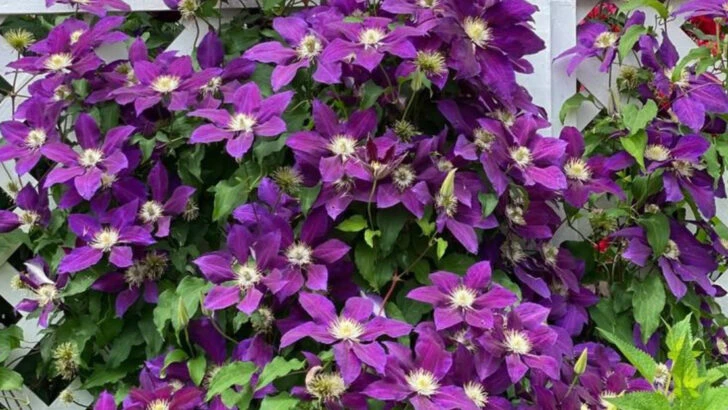Some plants don’t just grow, they take over. One minute you’re filling in a bare spot, and the next, that same plant is creeping into every available inch, edging out its neighbors without hesitation. Fast-growing plants can be a blessing when you want quick coverage, but they come with a bit of attitude, too.
These are the growers that don’t ask permission. They sprawl, climb, or multiply with surprising speed, often stealing space from slower companions. That doesn’t mean they’re unwelcome, just that they need to be planted with purpose. Here are 16 vigorous growers that can fill a space in no time, and possibly claim more than you expected.
Bamboo
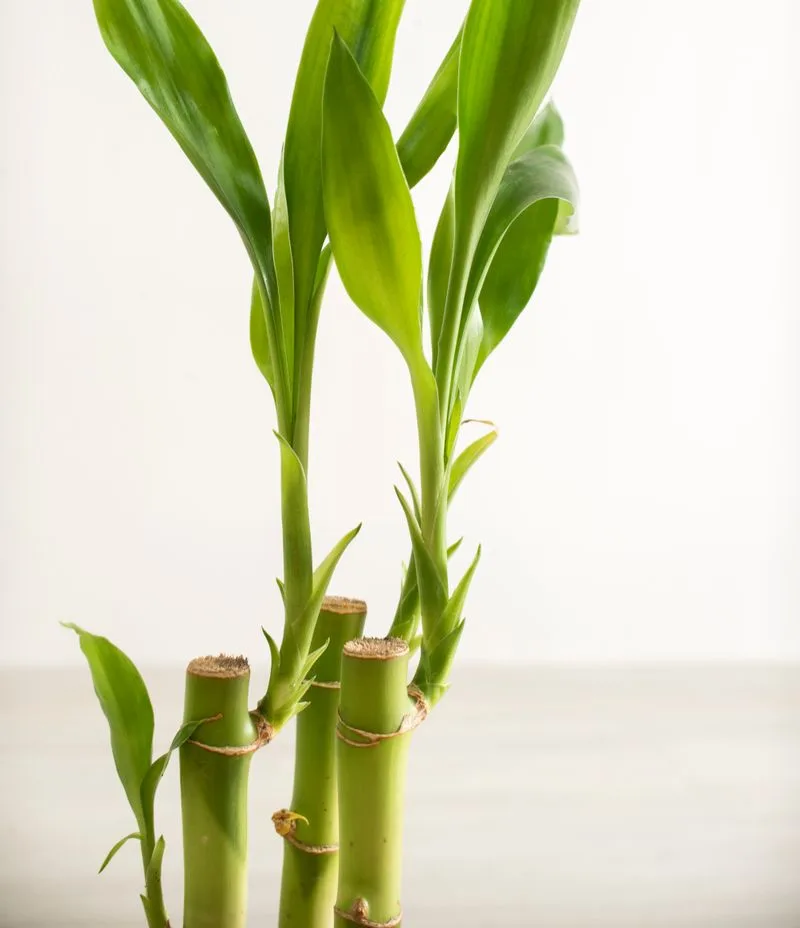
Bamboo is a symbol of resilience and strength. Its rapid growth can turn a barren plot into a thriving forest in no time. Adaptable to various climates, bamboo’s versatility is impressive.
These tall, woody grasses are excellent for creating privacy screens in gardens. They grow quickly, sometimes even a foot a day, making them perfect for impatient gardeners.
With over 1,000 species, bamboo offers a wide range of options for different environments. Did you know? Bamboo is one of the fastest-growing plants in the world, with some species reaching maturity in just three to five years.
Morning Glory

A morning glory vine is a sight to behold as it climbs upward, unravelling its vibrant, trumpet-shaped blossoms. Known for its vigorous growth, this annual climber can reach heights of 10 feet in a single season.
The enchanting blue and purple flowers open every morning, greeting the sun with a burst of color. It’s ideal for covering fences or trellises, adding a vertical element to gardens.
Its seeds are quick to sprout, making it an easy choice for gardeners looking to fill space rapidly. Fun fact: Morning glories are relatives of the sweet potato!
Mint

Mint’s fragrant leaves are as refreshing as its growth is aggressive. Planted in the right conditions, mint spreads quickly, often taking over garden beds.
Its rapid expansion is both a blessing and a curse, best contained in pots or designated areas. The aromatic leaves are perfect for culinary uses, adding zest to dishes and beverages.
Mint’s vibrant green foliage also makes it an attractive ground cover. Did you know? Mint has been used for thousands of years for its medicinal properties and delightful scent.
Sunflower
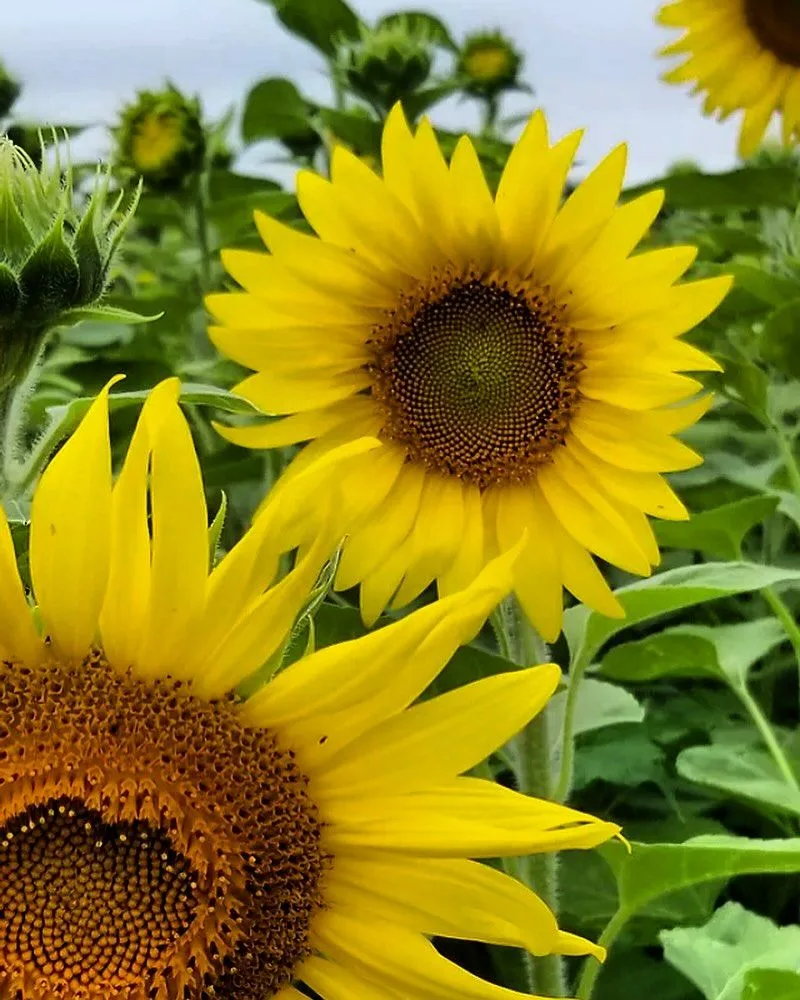
Sunflowers are the golden giants of the plant world, known for their rapid growth and majestic height. In just a few months, they can reach heights of up to 12 feet.
These cheerful blooms not only bring beauty but also attract pollinators, enhancing garden biodiversity. Their seeds provide a tasty snack for both humans and wildlife.
Sunflowers follow the sun, a phenomenon known as heliotropism, which maximizes photosynthesis. A quirky fact: Sunflowers have been used to extract toxic ingredients from soil in a process called phytoremediation.
Sweet Potato Vine
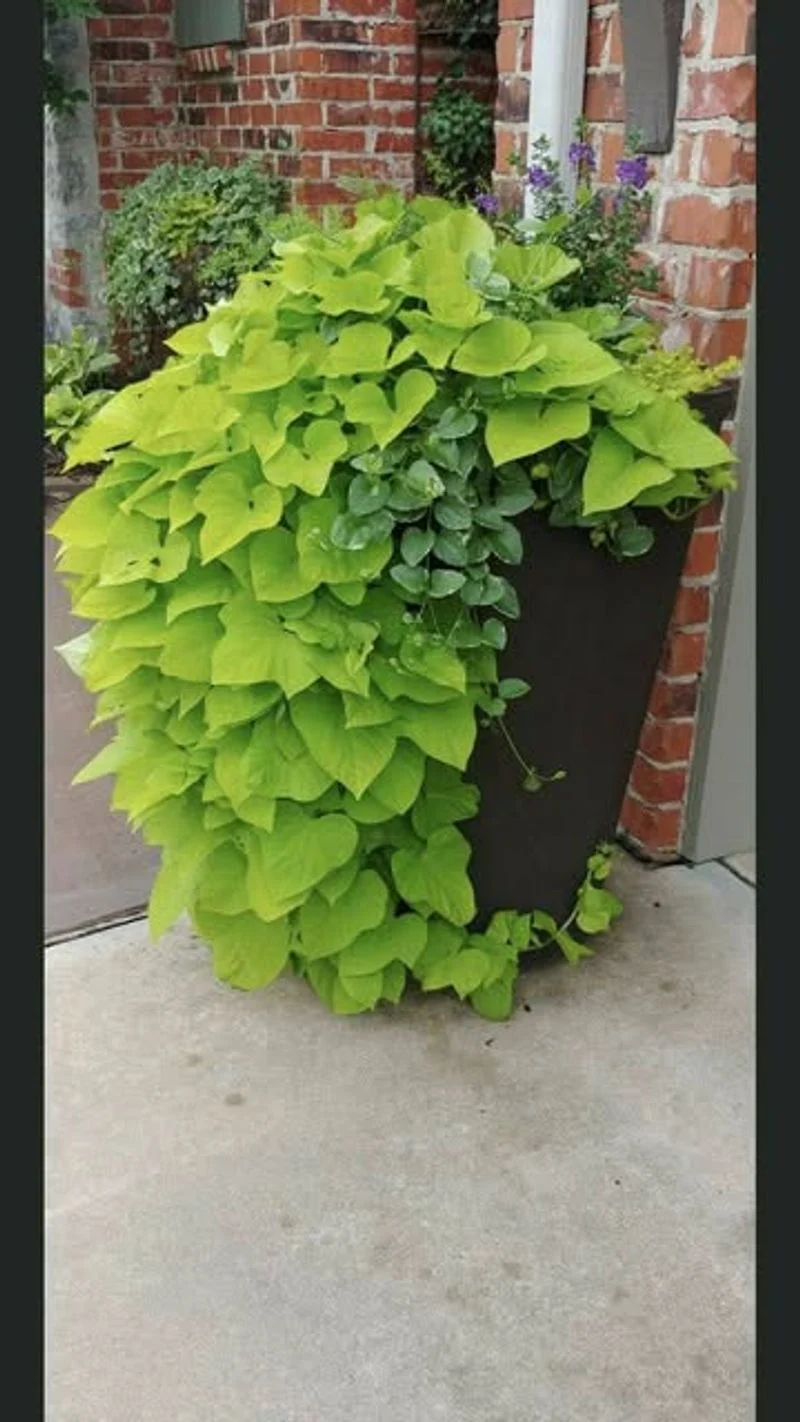
The sweet potato vine is a favorite for its decorative foliage and quick cover of ground. It rapidly sprawls, creating a cascade of heart-shaped leaves that add texture to landscapes.
This vine thrives in both sun and shade, making it versatile for various garden designs. While not grown for their tubers, the ornamental varieties are appreciated for their aesthetic appeal.
Gardeners love using sweet potato vines in containers, where they can trail beautifully over the edges. Did you know? These vines are related to morning glories, sharing some of their fast-growing traits.
Zucchini

Zucchini plants are a staple in vegetable gardens for their prolific yield and rapid growth. Within weeks, these plants transform from small seedlings to sprawling producers of squash.
Their large, vibrant leaves provide ample ground cover, suppressing weeds and conserving soil moisture. Zucchinis are versatile in cooking, appreciated for their mild flavor and soft texture.
The plant’s flowers are edible too, often used in gourmet dishes. Fun fact: Despite its popularity as a vegetable, botanically, zucchini is a fruit, closely related to cucumbers and melons.
Nasturtium
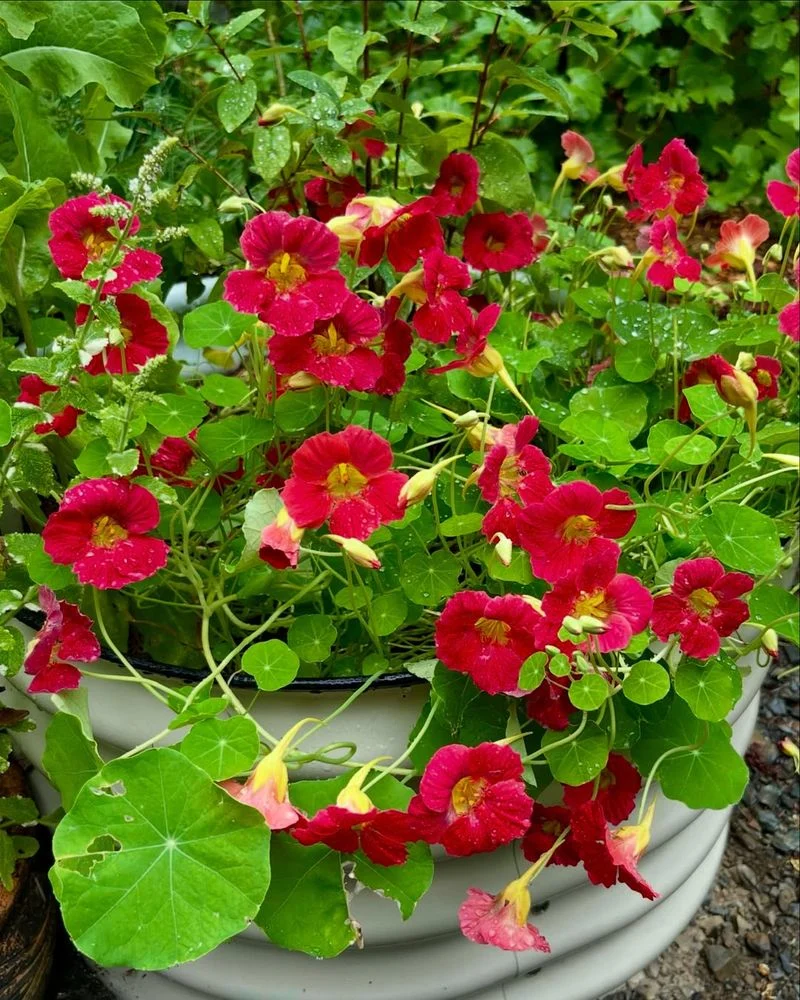
Nasturtiums are the vibrant charmers of the garden, known for their colorful blooms and peppery leaves. They grow quickly, covering ground with a splash of red, orange, and yellow flowers.
These plants thrive in poor soils, making them ideal for challenging garden spots. Both the leaves and flowers are edible, adding a spicy kick to salads.
Nasturtiums are also natural pest deterrents, drawing aphids away from more delicate plants. An interesting tidbit: During the Victorian era, these flowers were symbols of patriotism and victory.
Clematis
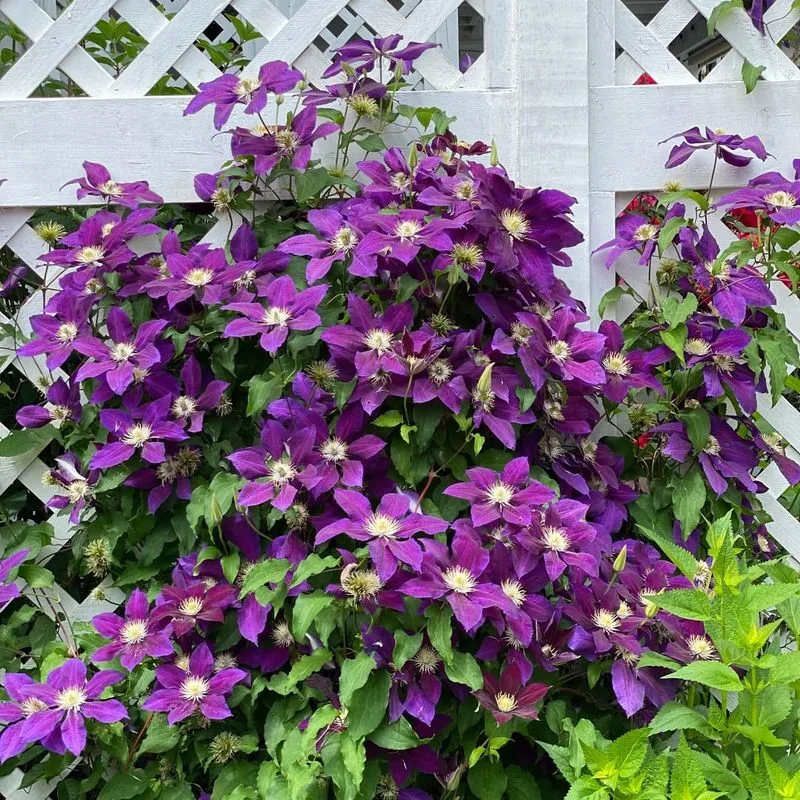
Clematis vines are the jewels of climbing plants, celebrated for their stunning array of flower colors and forms. With proper care, they grow rapidly, reaching impressive heights on trellises or fences.
These perennials bloom profusely, creating a breathtaking display of lush blossoms. Clematis requires support to climb, making it perfect for vertical gardening.
Their ability to cover structures makes them a favorite for adding elegance to gardens. Did you know? Clematis gets its name from the Greek word ‘klema,’ meaning vine or branch.
Russian Sage
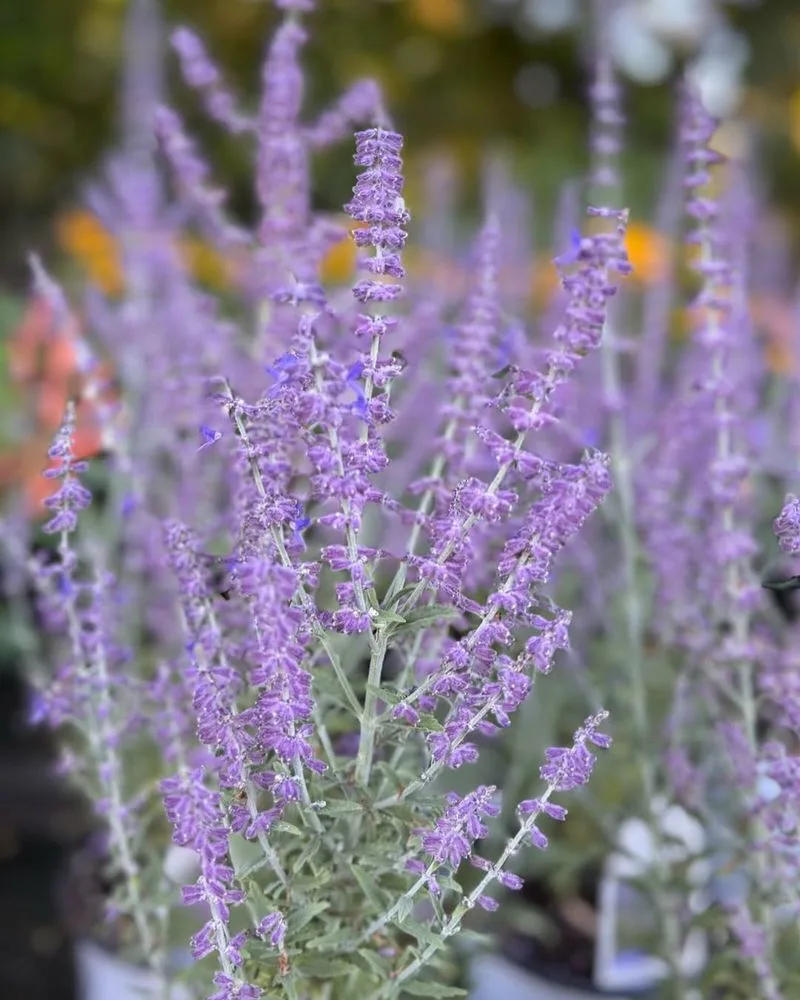
Russian sage brings a touch of wild beauty to gardens with its silvery-gray leaves and lavender-blue flowers. This hardy perennial thrives in sunny locations, where it quickly fills space with its bushy form.
The aromatic foliage adds a sensory dimension to gardens, emitting a pleasant scent when brushed against. Russian sage is drought-tolerant, making it suitable for xeriscaping.
It attracts pollinators like bees and butterflies, enhancing biodiversity. Did you know? Russian sage isn’t actually related to true sages but belongs to the mint family.
Cosmos
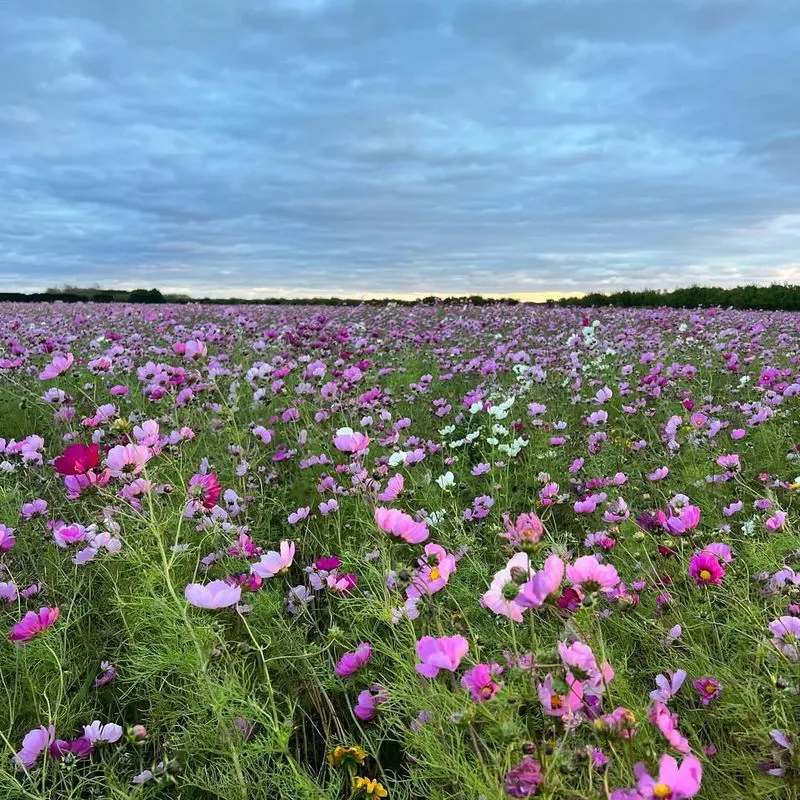
Cosmos flowers are the embodiment of grace and simplicity. These annuals grow rapidly, producing an abundance of daisy-like blooms in various shades.
Their feathery foliage adds a soft touch to garden borders, creating a whimsical appearance. Cosmos are easy to grow from seed, making them accessible for gardeners of all levels.
They thrive in sunny spots, often reseeding themselves for continuous blooms. Fun fact: Cosmos are native to Mexico and were once cultivated in Spanish mission gardens for their ornamental value.
Virginia Creeper
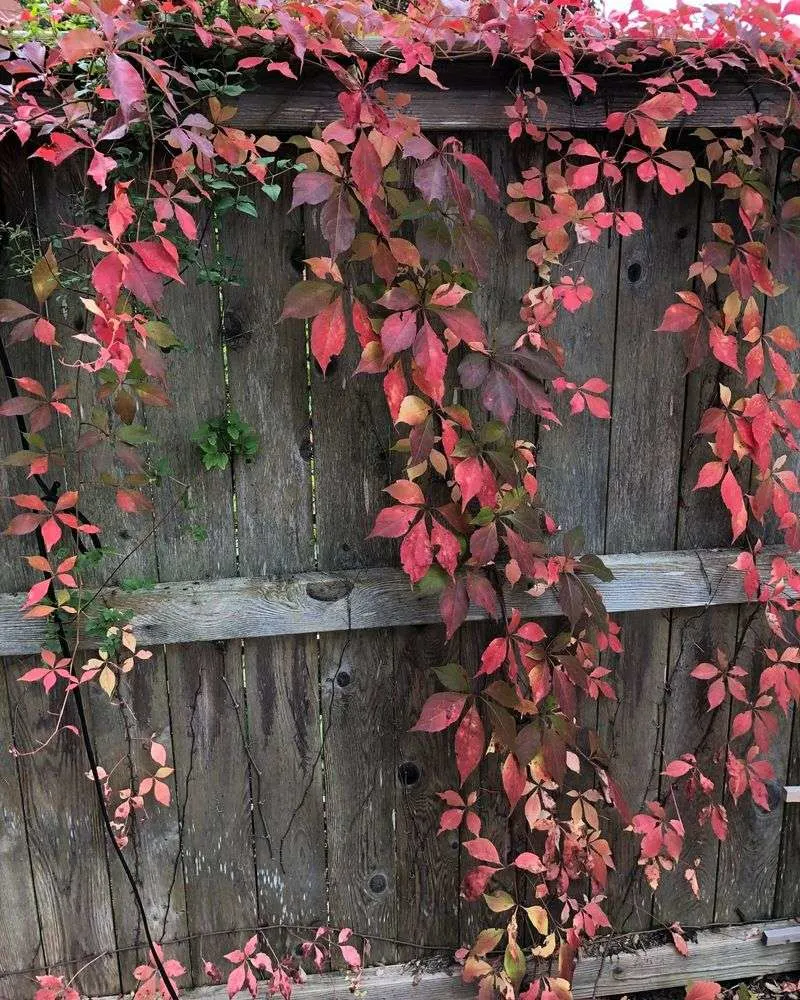
Virginia creeper is a master of disguise in the plant world. Its lush green foliage transforms to crimson in the fall, adding seasonal interest to landscapes. Known for its vigorous growth, this vine can cover large areas quickly.
It clings to surfaces with adhesive pads, making it ideal for walls and fences. Despite its aggressive spread, it’s low maintenance once established.
Virginia creeper supports wildlife by providing shelter and food. A curious fact: While beautiful, its berries are toxic to humans but loved by birds.
Hosta
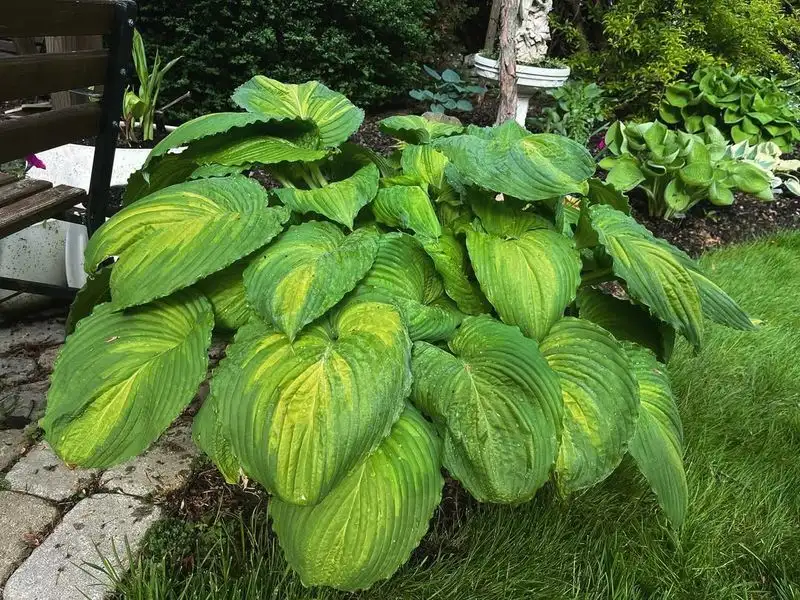
Hostas are the elegant giants of the shade garden, renowned for their lush, broad leaves. They spread rapidly, offering a verdant carpet in shaded areas.
Varieties come in an array of greens, blues, and variegations, providing visual interest. Hostas are low-maintenance, thriving in moist, well-drained soils.
Their leaves create a striking contrast with more delicate plants. An intriguing fact: Hostas are native to Northeast Asia and were first introduced to Europe in the 18th century.
Pampas Grass
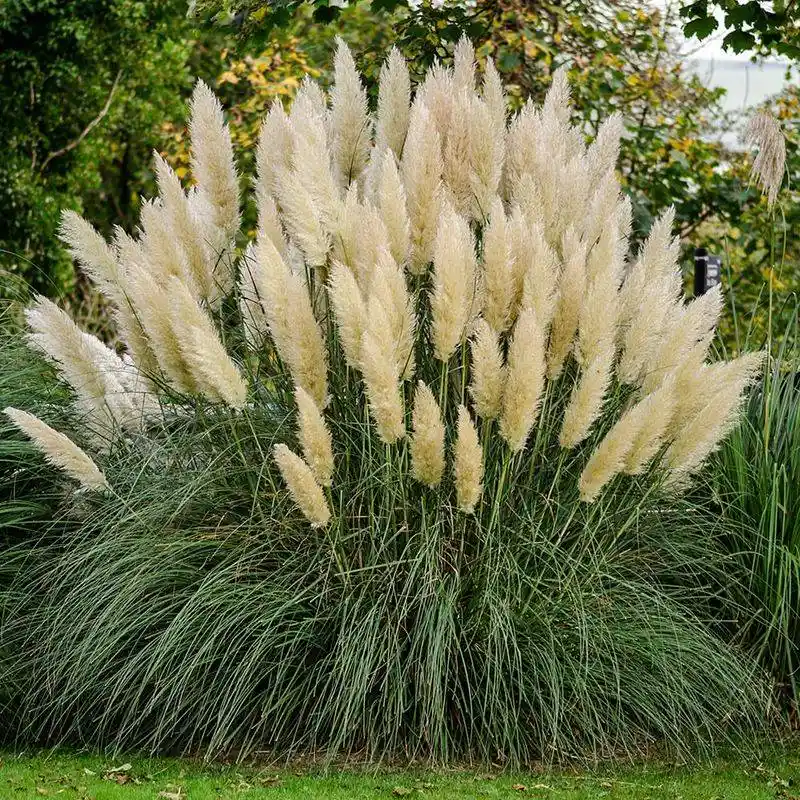
Pampas grass is the epitome of dramatic garden elements, known for its towering plumes and lush growth. These perennial grasses can reach impressive heights, creating focal points in landscapes.
Their tall, feathery panicles sway elegantly, adding movement and texture to gardens. Pampas grass thrives in sunny, well-drained locations, requiring little maintenance once established.
It’s often used in large landscapes for its structural presence. Did you know? Pampas grass originates from South America, named after the vast Pampas region.
Ivy

Ivy brings a timeless charm to gardens with its lush, evergreen foliage. This fast-growing climber is perfect for covering walls, fences, and trellises.
Its glossy leaves create a dense, living tapestry that adds depth to vertical spaces. Ivy is adaptable, flourishing in both sun and shade, making it versatile for various garden settings.
It’s a favorite for creating classic, romantic landscapes. A historical tidbit: Ivy has been associated with fidelity and eternity, often used in wedding decorations.
Wisteria
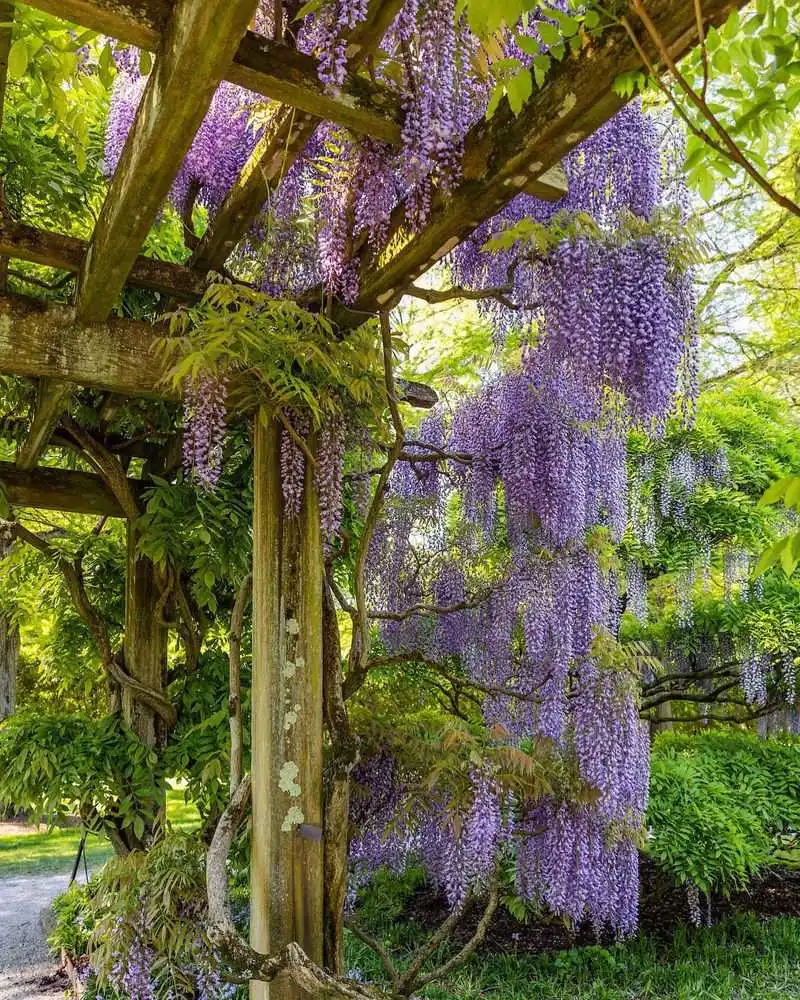
Wisteria is the epitome of floral enchantment, famed for its cascades of fragrant blossoms. This vigorous climber can transform structures with its showy, lilac flower clusters.
Wisteria requires sturdy support to accommodate its robust growth, making it ideal for arbors and pergolas. It’s a favorite for creating romantic, floral-covered walkways.
The plant’s beauty is matched by its tenacity, often needing regular pruning to keep in check. Fun fact: Wisteria can live for over a century, with some historic specimens still blooming today.
Portulaca
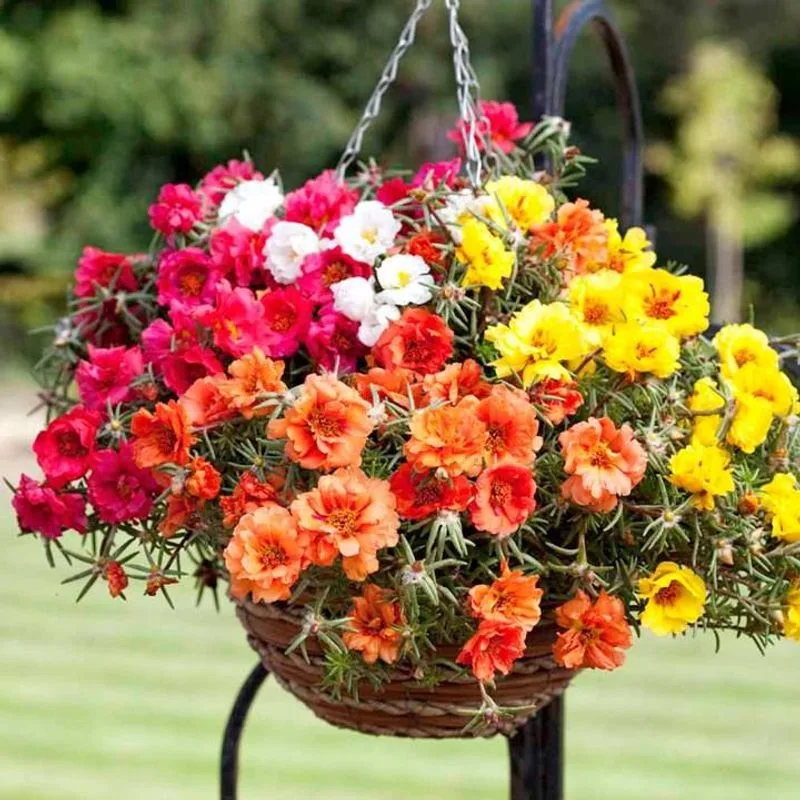
Portulaca, often known as moss rose, is a sun-loving annual that brings bursts of color to gardens. Its succulent-like leaves and vibrant blooms make it a favorite for rock gardens and borders.
These plants thrive in full sunlight, requiring minimal water, perfect for drought-tolerant landscapes. Portulaca’s ability to grow in poor soils adds to its appeal as a hardy, resilient choice.
The flowers open during the day, closing at night or in cloudy weather. An interesting fact: Portulaca’s blooms often resemble tiny roses, which is how it earned its common name, moss rose.

